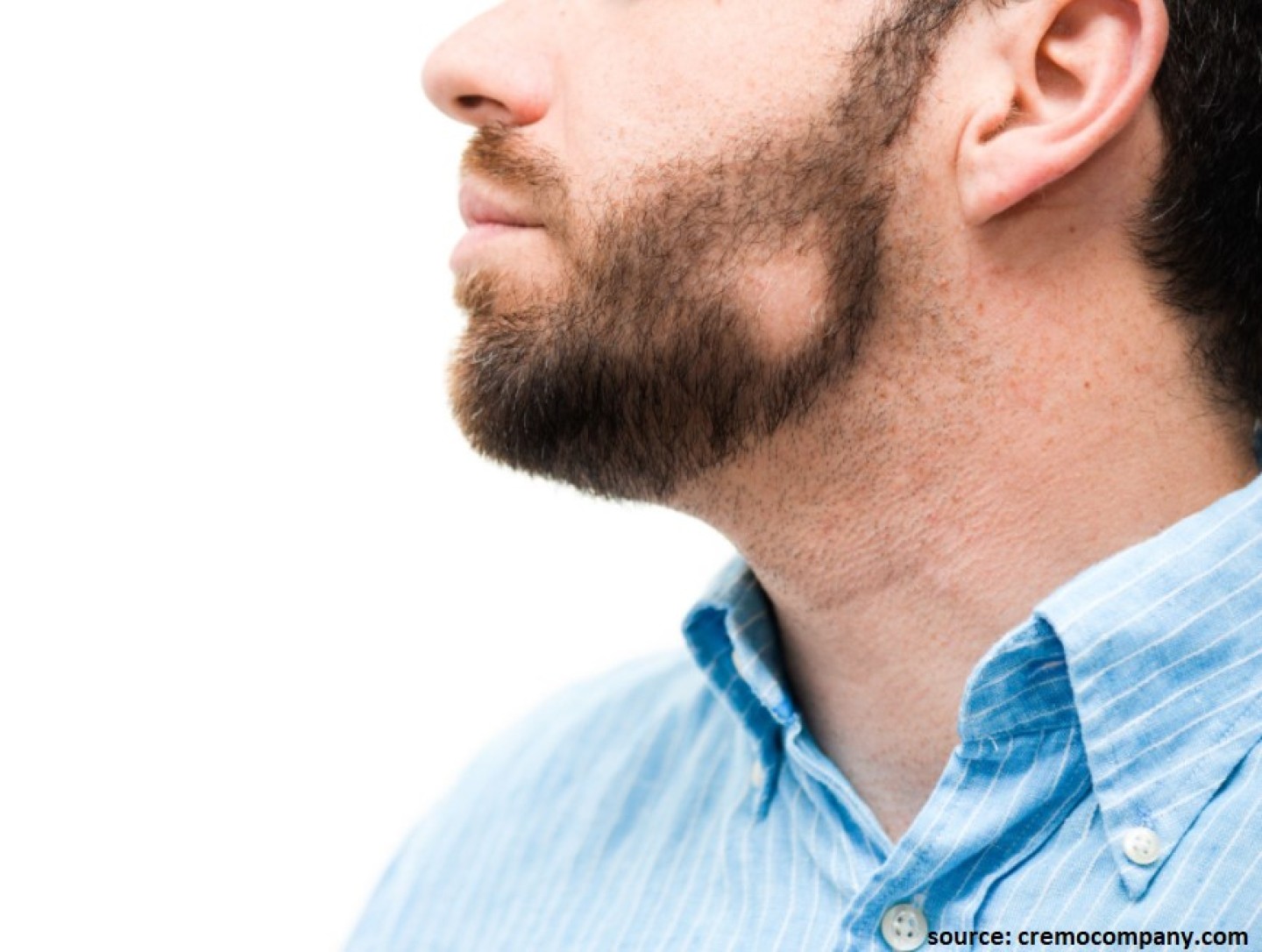Many people in Surat suffer from hair loss. It is also known as alopecia and occurs in both men and women at least once in their lifetime. If you are facing hair loss, it may be because of stress.
Here, we will talk about how stress can impact your hair health and whether its effects are permanent. We will also discuss the steps you can take to promote hair growth.
Let us begin by understanding what causes of hair loss are related to stress.
Stress-related Hair Loss
Every cause of hair loss is not associated with stress. Commonly, three forms of hair loss are related to high-stress levels:
Telogen effluvium
Telogen effluvium (TE) occurs when the number of hair follicles that are growing your hair change. If this change happens in your hair’s telogen — or resting — stage, it will cause shedding.
You may not have to thin all over your head, only in little patches, particularly toward your scalp’s centre.
Alopecia areata
Alopecia areata (AA) is an autoimmune disease. It happens when your immune system attacks your hair follicles. It could be stimulated by stress and can cause hair loss.
You may lose your hair in round patches on your scalp or the whole scalp. In a more severe type of alopecia areata known as alopecia Universalis, hair loss occurs all over the body.
Although there is no cure for alopecia areata, few prescription medicines may help if you have over fifty percent hair loss.
Trichotillomania
Trichotillomania is a hair-pulling disorder. You may feel an urge to pull out hair from your scalp or other body parts. It is also known as an impulse control disorder.
You may notice that this occurs without much thought, like when you are bored or distracted. Still, it can also be intentional and used to deal with stress or other negative emotions.
Now that you know the hair loss related to stress let us discuss what steps you can take to deal with it.
How can you Manage Stress-related Hair Loss?
We have mentioned some steps below that you can take to decrease hair loss and promote new growth.
Nutrition and Diet
Eating a balanced diet is essential for your body and your hair.
Although it is vital to involve all essential vitamins in a healthy diet, few primarily contribute to hair development:
- Vitamin C: This vitamin is crucial for developing your collagen; it is the skin’s linking tissue also present in hair follicles.
- Vitamin B. This complex of many vitamins promotes a healthy metabolism, with healthy hair and skin.
- Vitamin E: This vitamin has antioxidants, which contribute to a healthy scalp.
If such nutrients not in your routine diet, discuss with your specialist about having supplements. Also, remember to keep yourself hydrated for healthy hair development.
Stress Management
Knowing how to control your stress levels may assist in decreasing hair loss. You may need to try various stress-management ways before you determine what works right for you.
Ways to decrease stress:
- Exercise: Exercise is a fantastic way to remove stress. Try taking a routine walk, join a dance class, or do some yard work.
- Hobbies: Busy yourself with activities that you enjoy doing; it can be the best way to combat stress.
- Writing: Try having some minutes each day to write about your feelings and your stress’s reasons. Reviewing your routine activities that trigger your stress can assist in determining methods of coping with them.
- Breathing and meditation: Most people say meditation and breathing exercises are effective ways to decrease stress.
Not Seeing any Improvement?
It may be that your hair loss is not stress-related. Few other factors or conditions can progress to hair loss.
Other reasons for your hair loss may involve:
- Ageing
- Genetics
- Illness or a recent surgery
- Chemotherapy
- Medicines, like antidepressants or few blood thinners
- Hormonal changes, such as menopause or childbirth
- Nutritional deficiency, including a lack of protein or iron
If you do not have stress-related hair loss and have excessive hair loss, you may have to undergo a hair transplant in Surat.
Controlling your stress and taking good care of your health can return your hair to a regular growth rate.











